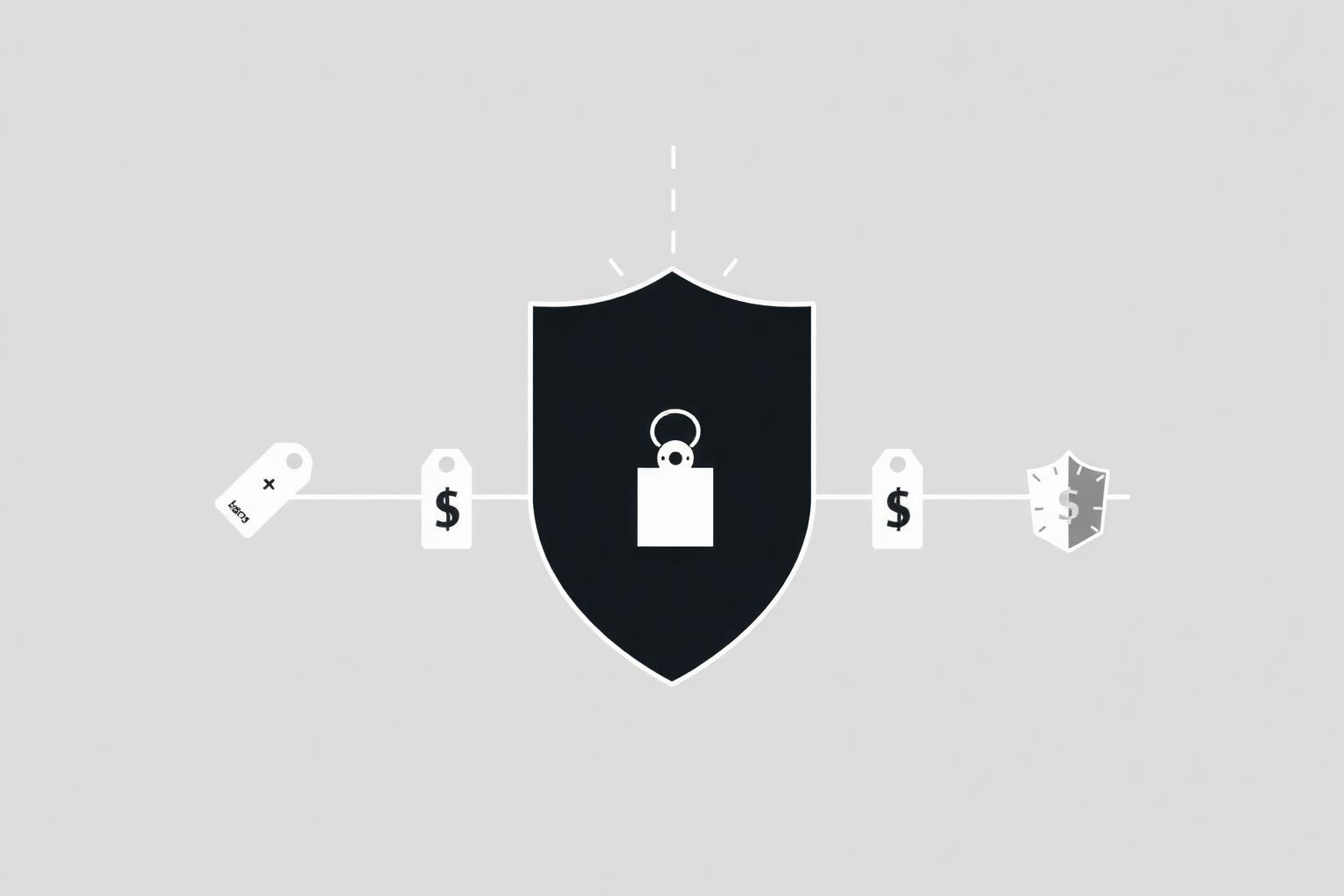MAP Monitoring Software: Protecting eCommerce Profit Margins and Brand Reputation
Learn how MAP monitoring software helps brands enforce minimum advertised pricing policies, protect profit margins, prevent brand devaluation, and maintain competitive fairness across all eCommerce channels.

MAP Monitoring Software: Protecting eCommerce Profit Margins and Brand Reputation
In the modern eCommerce ecosystem, pricing is both a strategic weapon and a potential liability. Consumers compare prices instantly, and one retailer's aggressive discount can damage an entire brand's image. MAP monitoring software allows brands to prevent this scenario by enforcing Minimum Advertised Price (MAP) policies across all online channels.
What Is MAP Monitoring?
MAP monitoring refers to the process of tracking advertised prices across digital retailers and marketplaces to ensure they comply with a brand's defined Minimum Advertised Price policy. The MAP is not the actual selling price, but the lowest price a retailer may publicly display for marketing or advertising purposes.
In practice, MAP monitoring helps manufacturers and suppliers preserve price integrity, profit margins, and brand consistency while supporting a fair competitive environment among distributors.
Why MAP Monitoring Is Essential for Brands
When uncontrolled discounting spreads through marketplaces or online stores, several problems emerge:
- Brand devaluation – Inconsistent pricing leads customers to question authenticity or quality.
- Retailer conflict – Authorized partners lose trust if others undercut them without consequences.
- Profit erosion – Continuous price drops quickly destroy margins across the entire supply chain.
- Customer confusion – Varying prices across channels reduce confidence in the brand's value proposition.
By introducing MAP monitoring tools, brands can proactively detect and correct these issues before they cause lasting damage.
How MAP Monitoring Software Works
Modern MAP compliance platforms use advanced automation and AI to track thousands of SKUs across online shops and marketplaces. The core process includes:
- Data Collection: Automated crawlers scan product pages, collecting advertised prices and promotions.
- Comparison: Prices are matched against each product's defined MAP policy.
- Alerts: The system generates real-time notifications for violations or suspicious activity.
- Reporting: Dashboards visualize compliance rates, recurring violators, and channel trends.
This automation eliminates the need for manual tracking, giving marketing, sales, and distribution teams full visibility over pricing behavior.
Strategic Benefits of MAP Monitoring
- Preserve brand value by ensuring consistent advertised pricing across all retail partners.
- Protect profit margins from uncontrolled discounting and unauthorized promotions.
- Maintain partner trust with transparent enforcement of pricing rules.
- Enable data-driven pricing strategy with continuous visibility into market pricing trends.
- Improve customer perception through stability and price fairness.
Steps to Build a MAP Compliance Strategy
Implementing a MAP policy is not just a legal document; it requires operational discipline and technology. A best-practice roadmap includes:
- Define MAP policies per product and region, specifying how they apply to promotions and bundles.
- Communicate policies clearly to all distributors, wholesalers, and eCommerce retailers.
- Deploy MAP monitoring software for automated, scalable compliance tracking.
- Establish escalation rules for repeated violations—warnings, supply freezes, or delisting.
- Review quarterly to adapt to market fluctuations, currency changes, and competitive pricing dynamics.
Turning MAP Data into Market Intelligence
Beyond compliance, MAP data offers a valuable lens into your competitive landscape. Analyzing deviations and pricing behavior helps brands identify:
- Retailers most compliant or most likely to breach agreements
- Competitor pricing trends and discount patterns
- Optimal timing for promotional campaigns
- Seasonal and regional price fluctuations
Integrating these insights into pricing intelligence dashboards allows executives to refine both strategy and revenue forecasting.
The Future of MAP Enforcement
The next generation of MAP monitoring software integrates machine learning and predictive analytics. Instead of merely identifying violations, these systems forecast future pricing shifts, allowing brands to respond before margins are impacted. AI-driven enforcement and marketplace integrations will soon make manual MAP tracking obsolete.
Conclusion
MAP monitoring is not simply a compliance mechanism; it is a pillar of sustainable brand management. By maintaining visibility over advertised prices, enforcing consistency, and leveraging MAP insights for strategic decision-making, brands can protect both their market reputation and their profitability. In a hyper-competitive eCommerce world, disciplined pricing is the strongest signal of brand strength.
Frequently Asked Questions about MAP Monitoring
What does MAP stand for in eCommerce?
MAP stands for Minimum Advertised Price—the lowest price a retailer is permitted to publicly display when advertising a brand's product.
Is MAP the same as MSRP?
No. The Manufacturer's Suggested Retail Price (MSRP) is a recommendation for the selling price, whereas MAP defines the minimum price that can be advertised.
Why do brands need MAP monitoring software?
Automated MAP software enables brands to detect policy violations across hundreds of online channels, maintain consistent pricing, and protect profit margins without manual intervention.
Can MAP policies be enforced globally?
Yes, but enforcement depends on regional competition laws. Brands must ensure their MAP policies align with local regulatory frameworks before implementation.
What industries benefit most from MAP monitoring?
Industries such as consumer electronics, beauty and cosmetics, sportswear, and pharmaceuticals gain the most value, where brand image and consistent pricing are critical for consumer trust.